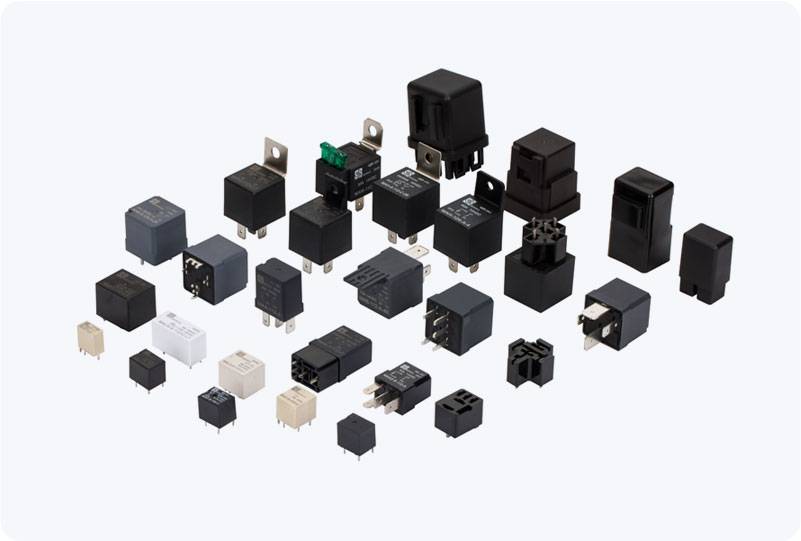A High Voltage Distribution Relay plays a crucial role in maintaining the stability and safety of power distribution systems, particularly those operating under high voltage conditions. These relays act as protective devices, ensuring that the electrical circuits are safeguarded from faults such as overloads, short circuits, and equipment failures. Their primary function is to detect abnormal conditions in the network and initiate actions to prevent potential damage to both the infrastructure and connected equipment. This article explores the importance, types, working principles, and applications of high voltage distribution relays in modern power distribution networks.

Importance of High Voltage Distribution Relays High voltage systems are essential for transmitting electricity over long distances. However, due to the sheer power involved, any fault within these systems can have catastrophic effects, leading to equipment damage, power outages, or even safety hazards. High voltage distribution relays are specifically designed to monitor the health of these systems and respond swiftly to issues before they escalate into more significant problems. The importance of these relays cannot be overstated. Without proper protection, high voltage circuits may suffer from prolonged faults, resulting in costly repairs and downtime. High voltage distribution relays not only protect the equipment but also ensure the stability of the power grid, contributing to uninterrupted power supply for industries, homes, and essential services.